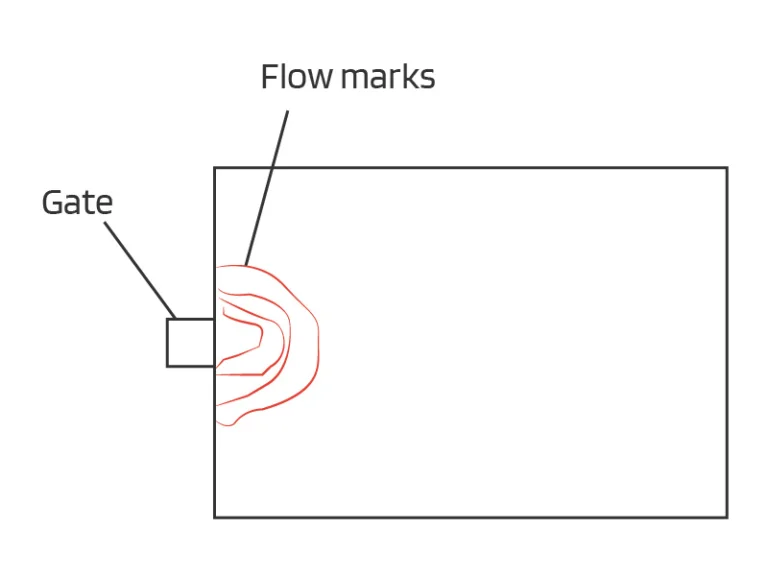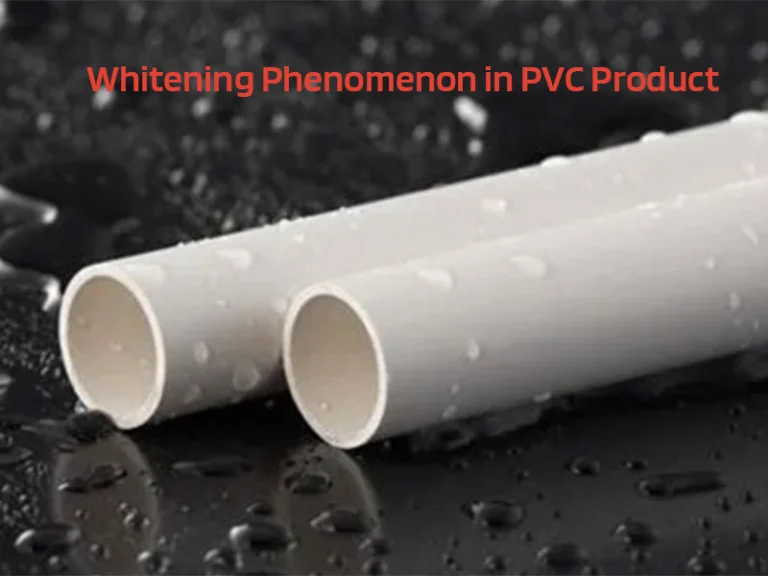Efficiently managing injection part weight is crucial in injection molding as it can lead to significant cost savings, improved product performance, enhanced functionality, and increased environmental sustainability. By optimizing the design and considering factors such as material selection, tooling optimization, and wall thickness, manufacturers can effectively reduce injection part weight without compromising structural integrity or desired properties, thereby maximizing the benefits of the manufacturing process.
In this post, we will explore the importance of considering part weight in injection molding and how reducing the part weight can bring significant benefits. Join us as we delve into the world of reducing part weight in injection molding and discover how this optimization can lead to enhanced product performance, cost savings, and improved sustainability.
The Importance of Part Weight in the Injection Molding Process
The importance of part weight in injection molding lies in its impact on material cost, cycle time, machine capacity, product performance, and sustainability.
Affect Material Cost
Part weight directly impacts the material cost in the injection molding process. The amount of material required to produce a part is directly proportional to its weight. By understanding and optimizing the part weight, manufacturers can effectively manage material consumption, reduce waste, and optimize cost.
Affect Cycle Time
Part weight affects the cooling and solidification time during the injection molding process. Heavier parts tend to take longer to cool and solidify, which can increase the overall cycle time. By reducing the part weight, manufacturers can achieve faster cycle times, leading to improved productivity and cost-efficiency.
Click here to learn more about cycle time.
Better Utilization of Machine Capacity
Injection molding machines have certain limitations on the maximum shot size or maximum weight they can handle. Oversized or excessively heavy parts may require larger machines or specialized equipment, which can impact production efficiency and cost. By optimizing part weight, manufacturers can ensure better utilization of machine capacity and resources.
Achieve Better Product Performance
Part weight plays a crucial role in determining the performance and functionality of the final product. Excessive weight can lead to issues such as poor structural integrity, limited functionality, increased material stress, and reduced overall product performance. By reducing part weight, manufacturers can achieve better product performance, improved durability, and enhanced customer satisfaction.
Ensure Sustainability
In today’s environmentally conscious world, reducing part weight is an essential aspect of sustainable manufacturing. Lightweight parts require fewer raw materials, resulting in reduced energy consumption, lower carbon emissions, and a smaller environmental footprint. By considering part weight, manufacturers can contribute to a more sustainable and eco-friendly manufacturing process.
The Benefits of Reduce Injection Part Weight
Reducing the part weight in injection molding offers several advantages that can positively impact the overall product and manufacturing process:
Cost Savings:
One of the significant benefits of reducing part weight is the potential for cost savings. With lighter parts, less material is required for production, leading to lower material costs. Additionally, lighter parts often require smaller, more economical molds, resulting in reduced tooling costs. These cost savings can significantly impact the overall production expenses and improve profitability.
Enhanced Efficiency:
Lighter parts generally offer improved efficiency in various aspects. Firstly, lighter parts require less energy to operate, leading to energy savings over the product’s lifetime. This can be particularly relevant in industries such as automotive and aerospace, where weight reduction translates to fuel efficiency and increased performance. Secondly, lighter parts can result in reduced cycle times during injection molding, leading to increased production efficiency and throughput.
Improved Product Performance:
Reducing part weight can have a positive impact on product performance. Lighter parts often exhibit improved strength-to-weight ratios, allowing for increased durability and structural integrity. Additionally, lighter parts can contribute to improved functionality, such as faster response times, better maneuverability, and reduced inertia. These performance enhancements can result in superior products that meet or exceed customer expectations.
Design Flexibility:
Reducing part weight opens up opportunities for design flexibility and innovation. Lighter parts provide more design freedom, enabling the integration of complex geometries, intricate features, and aesthetic enhancements. This flexibility allows designers to create visually appealing products that stand out in the market while maintaining structural integrity and functional requirements.
By focusing on reducing part weight in injection molding, manufacturers can unlock significant benefits such as cost savings, enhanced efficiency, improved product performance, and design flexibility. Embracing lightweight design principles can lead to competitive advantages and customer satisfaction in today’s dynamic marketplace.
Strategies to Reduce Injection Part Weight
Proper Material Selection:
Choosing lighter-weight materials can significantly reduce the overall part weight. By selecting polymers with lower density or incorporating fillers and reinforcements, manufacturers can maintain part strength while reducing weight. Conducting material analysis and testing can help identify suitable alternatives that meet the required performance criteria.
Collaborate with Design Engineers
Optimizing the part design can lead to substantial weight reduction. Considerations include eliminating unnecessary features, reducing wall thickness, incorporating ribs or gussets for added strength, and utilizing advanced design techniques like topology optimization. Collaborating with design engineers and utilizing computer-aided design (CAD) software can help achieve the optimal balance between part weight and functionality.
Use Ribbing and Core Out
Introducing ribs or coring out sections of the part can significantly reduce weight while maintaining structural integrity. Ribs provide additional strength without adding excessive material, and coring out non-essential sections reduces overall part volume. Careful analysis and simulation can ensure that ribbing and coring do not compromise part performance.
Utilize Hollow or Thin-Walled Structures
Utilizing hollow or thin-walled structures can significantly reduce part weight while maintaining functionality. This approach is particularly suitable for components that do not require high structural rigidity. Techniques like gas-assisted injection molding or foam injection molding can be employed to create hollow or foam-filled sections within the part.
Consider Multipart Assembly
Consider whether the part can be divided into multiple smaller components that can be assembled later. This approach allows for weight reduction by eliminating redundant material and optimizing individual component designs. It can also offer flexibility in manufacturing and assembly processes.
Tooling Optimization
Optimizing the injection mold tooling can contribute to weight reduction. This includes designing and manufacturing molds with proper cooling channels to ensure uniform cooling and minimize part warpage. Efficient cooling can help achieve faster cycle times and reduce material shrinkage, resulting in lighter parts.
Process Optimization
Fine-tuning the injection molding process parameters can help reduce part weight. Optimization involves adjusting variables such as melt temperature, injection speed, packing pressure, and cooling time. Balancing these parameters can ensure proper filling of the mold cavity while minimizing material waste and achieving consistent part quality.
By employing these strategies, manufacturers can successfully reduce part weight in the injection molding process without compromising performance or structural integrity. Each project requires careful evaluation and analysis to determine the most effective combination of techniques to achieve the desired weight reduction goals.
Conclusion
In conclusion, considering and reducing the part weight in injection molding offers several key benefits. It improves product performance, enhances cost-efficiency, and contributes to environmental sustainability. By employing strategies such as material selection, design optimization, and process refinement, manufacturers can achieve significant weight reductions without compromising the strength and functionality of the parts. This not only leads to cost savings and improved fuel efficiency but also aligns with the growing demand for lightweight and eco-friendly solutions. Embracing these practices allows manufacturers to stay competitive, deliver high-performance products, and meet the evolving needs of various industries.




